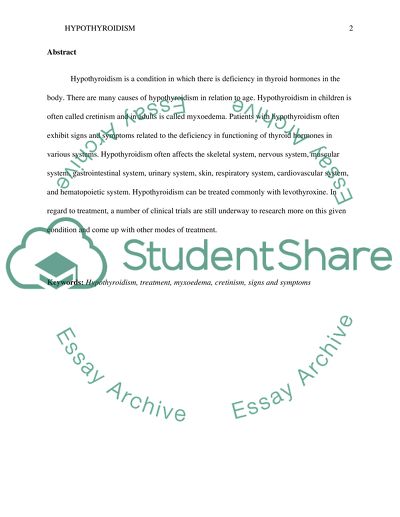Cite this document
(“Hypothyroidism Research Paper Example | Topics and Well Written Essays - 2250 words”, n.d.)
Hypothyroidism Research Paper Example | Topics and Well Written Essays - 2250 words. Retrieved from https://studentshare.org/health-sciences-medicine/1452254-hypothyroidism
Hypothyroidism Research Paper Example | Topics and Well Written Essays - 2250 words. Retrieved from https://studentshare.org/health-sciences-medicine/1452254-hypothyroidism
(Hypothyroidism Research Paper Example | Topics and Well Written Essays - 2250 Words)
Hypothyroidism Research Paper Example | Topics and Well Written Essays - 2250 Words. https://studentshare.org/health-sciences-medicine/1452254-hypothyroidism.
Hypothyroidism Research Paper Example | Topics and Well Written Essays - 2250 Words. https://studentshare.org/health-sciences-medicine/1452254-hypothyroidism.
“Hypothyroidism Research Paper Example | Topics and Well Written Essays - 2250 Words”, n.d. https://studentshare.org/health-sciences-medicine/1452254-hypothyroidism.


